In 2010, a research report discovered that Tutankhamen’s parents were in fact related, his mother Queen Nefertiti and his father Akhenaten were cousins. The King himself was involved in an incestuous relationship, having married Ankhesenamun, who was the daughter of his father, making her his sister. Many historians believe that the inbred relationships throughout the royal family resulted in the young King's club foot.
Fascinating fact: A dagger that was found inside the tomb of Tutankhamun was made of an unusual material, after extensive research it was discovered that the item was made from a meteor, making it not of this Earth.
Heka
Heka was known as the first Egyptian founder God, considered to be one the makers of the world. According to Egyptian history, in the beginning before creation, there was nothing but darkness, only the God Nun and the dragon Apep existed. As the first light appeared, ancient Egyptians associated the change to Heka, and believed that the phenomenon was magic; hence the word Heka is known as “magic” throughout the ancient world and Egyptian mythology. Every single magical being in the world, including Gods, Dwarves, Witches, Warlocks and Trolls, have their own magic and are seen as supernatural to humans.
The early Egyptians believed that magic could be performed by the Gods, but only inside their temples and shrines. They did not see hieroglyphics as magical, but saw them as letters, unlike the rest of the world who looked upon the mysterious signs as magical, possibly containing curses which brought death and destruction to anyone who disturbed or disrespected them.
This misunderstanding of the hieroglyphics was one of the biggest mistakes in the understanding of the signs.
Isis
The Goddess Isis became one of the most worshipped deities in Egyptian culture and as her name translates into the Queen of the Throne, she is seen as the Virgin mother, due to the arduous labour that she endured with her son, something that the Virgin Mary is compared to.
She was also the Goddess of devotion, compassion and kindness, and was rumoured to have the power to resurrect the dead and cure the sick. She is also connected to floods and flooding through the many tears that she shed over the death of Osiris.
Alongside her husband Osiris, she ruled the early world after its early creation and started to introduce and educate mere mortals into the crafts of agriculture, art and civilised society, as most men and women were seen to be uncivilised. However Set, who was the brother of Osiris, became jealous of his brother and sister-in-law`s popularity amongst the people and decided to take the throne for himself. He first tricked his brother to lay in a coffin, which he duly locked and had it thrown into the river Nile before taking over the throne. On hearing this, Isis began searching for the coffin, which ended up in a tree in Byblos. After negotiating with the powers that be, she managed to retrieve the coffin and started the procedure of reviving her husband.
Set heard of her plans and stole the coffin back, where he had it chopped into pieces, with Osiris still inside and scattered the remains across the land, probably initiating the first hung, drawn and quartered ritual.
Cleopatra
Like Tutankhamen, Cleopatra is seen as one of the most recognised Egyptian goddesses, and has been portrayed in countless books, films and TV shows throughout history. Whilst she was born in Egypt, her family origins are traced back to Macedonian Greece, but over the years, she embraced the Egyptian culture and became a Queen to the masses.
Throughout the years, Roman propaganda painted her as a temptress who used her sex appeal as a political weapon, but she was known amongst her peers and people to be highly intelligent. She was able to speak a dozen languages fluently and was educated in mathematics, philosophy, oratory and astronomy. As far as being a raving beauty, the reality of her looks were misgiving: on paper and coins she is portrayed as having manly features with a large hooked nose. Some say that she instigated these images to project a strong masculine line of authority when dealing with generals and politicians.
Although seen in the history books as being demure and feminine, she had a strong stomach for conflict and battle, and had her siblings killed after they were seen disagreeing with her decisions. She is always seen as donning a headdress with an asp sticking from the front, but according to belief, she was not killed by an asp, but like her lover Marc Anthony, she committed suicide with poison.
In 1963, the motion picture “Cleopatra” was put into production, with an initial budget of $2,000,000 dollars and starred Elizabeth Taylor. After enormous amounts of money was spent, the final outlay for the studio was close to $44,000,000 dollars, which nearly bankrupted the company.
Fascinating fact: Bastet is the daughter of the sun God Ra, and is the God of cats, women`s secrets, fertility, childbirth and the protector of evil from the home, she is often depicted with a cat's head on a woman`s body.
Ra
The Egyptian God Ra, was one of the most revered deities in ancient mythology, and was often shown as a falcon headed God, with an orb shape on his head symbolising his connection to the sky and the sun.
Many know him as the sun God and he is believed to be the creator of humans and creatures after forming them through the fall of his tears. He is known as the creator of the sun and creation.
Ra was often linked closely with the sun's daily journey across the Sky; as the sun began to fade, he drew weaker and supposedly travelled to the underworld throughout the night, recharging his energies defeating enemies and obstacles, before rising again in the morning as the sun rose.
Other Egyptian Gods and Goddesses include Bastet, Anubis, Horus and Cavern deities who were a group of Gods in the caves of the underworld who punished the wicked and helped the souls of the justified dead. They are mentioned in the Egyptian Book of the Dead and are often seen as serpent like creatures.
The people of Egypt would leave bowls of offerings outside of caves as a gift to the Gods, something that continues to this day.



 Keats’ description of Autumn brings to mind a rich image and a distinct feeling, with the growing chill in the air, the earthy scent of leaves underfoot and the rich colours of the trees, hedgerows and fields.
Keats’ description of Autumn brings to mind a rich image and a distinct feeling, with the growing chill in the air, the earthy scent of leaves underfoot and the rich colours of the trees, hedgerows and fields.




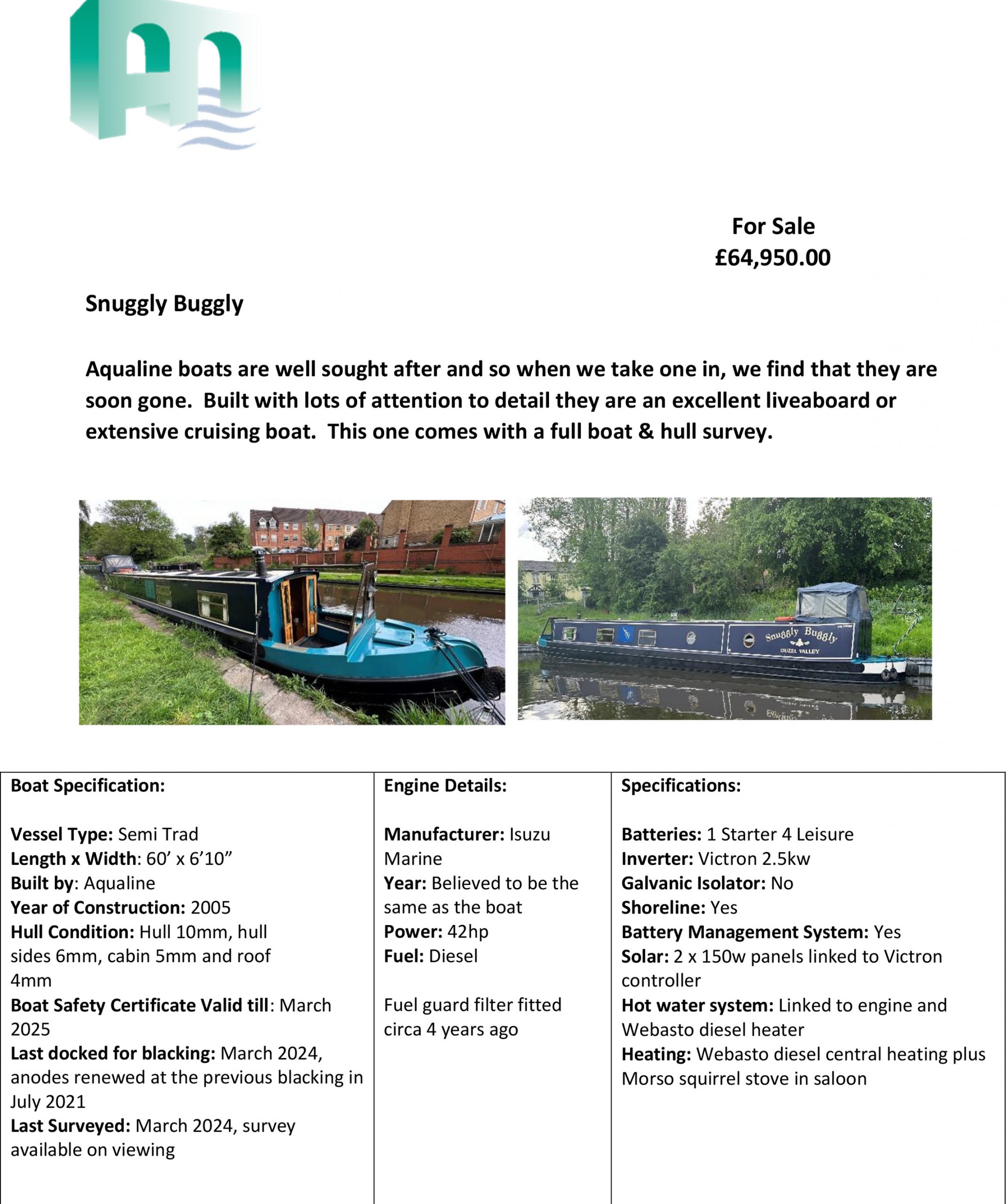
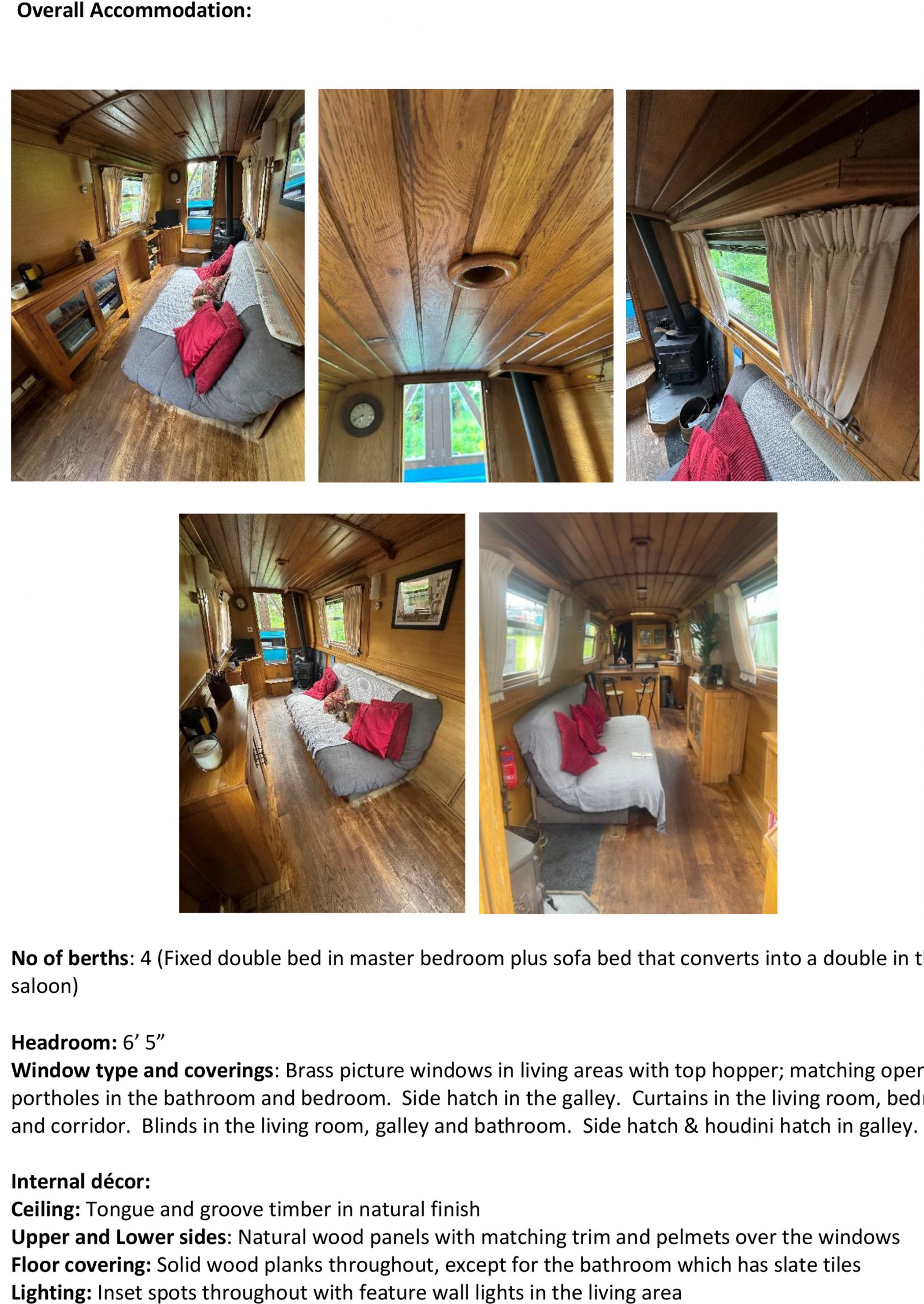





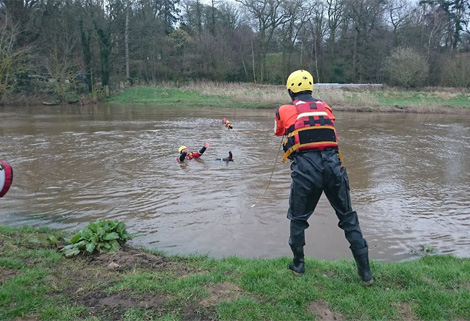
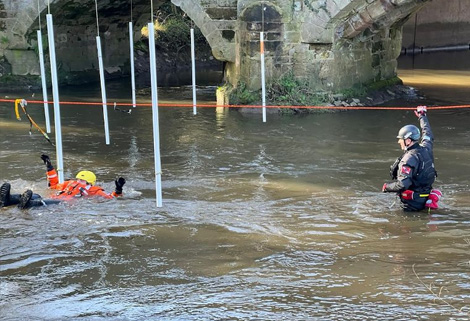
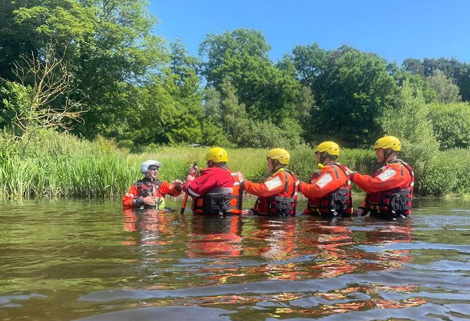
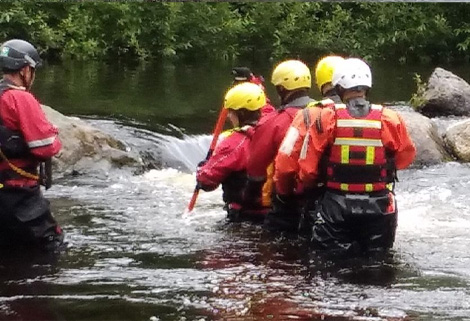
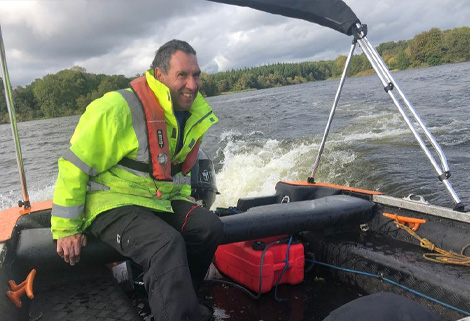
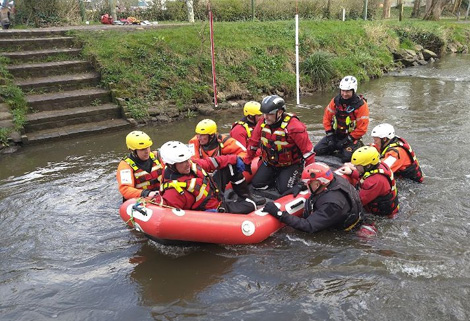
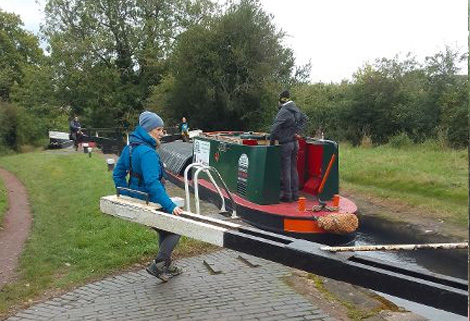
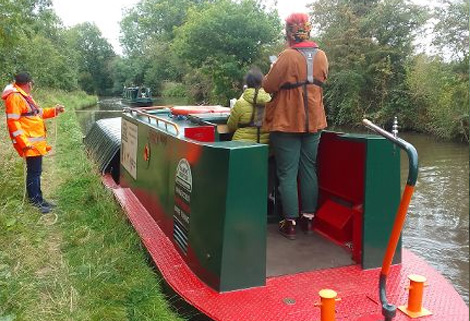
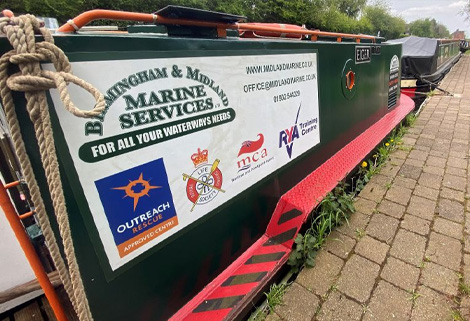
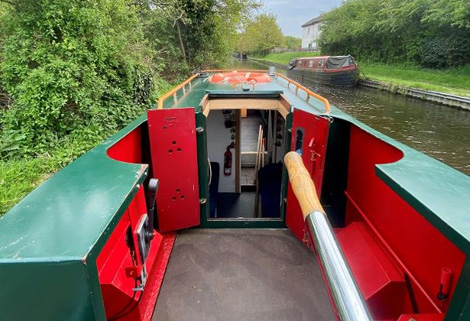

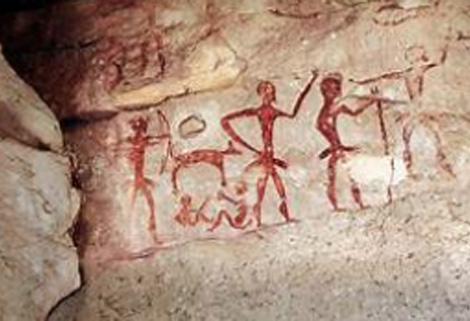 Some of these cave drawings are mentioned by the famous author Erich von Daniken who wrote the controversial book, The Chariots of the Gods, in the book he explains that he has travelled to every part of the world studying cave drawings and discovered that one single drawing showed a sign that was identical on all continents, the sign he was referring to is pointing to the sky with people bowing down as in the presence of a God descending from above, the question is, is this showing a higher force in the universe visiting the earth? According to von Daniken “ why would an African tribesman draw the same drawing as a cave dweller from Scandinavia, they have net met, yet draw the same image”, is this a sign that an alien craft visited?
Some of these cave drawings are mentioned by the famous author Erich von Daniken who wrote the controversial book, The Chariots of the Gods, in the book he explains that he has travelled to every part of the world studying cave drawings and discovered that one single drawing showed a sign that was identical on all continents, the sign he was referring to is pointing to the sky with people bowing down as in the presence of a God descending from above, the question is, is this showing a higher force in the universe visiting the earth? According to von Daniken “ why would an African tribesman draw the same drawing as a cave dweller from Scandinavia, they have net met, yet draw the same image”, is this a sign that an alien craft visited?
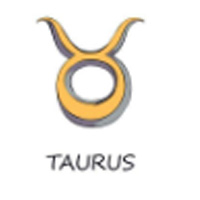
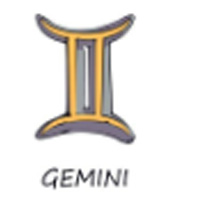
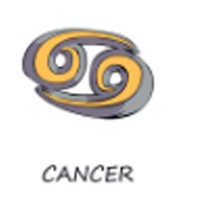
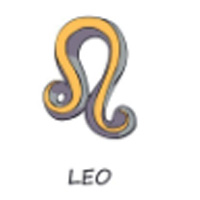
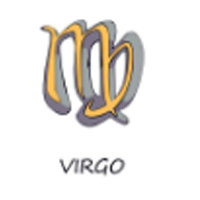
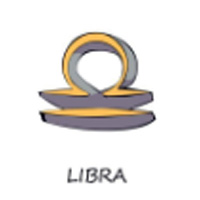

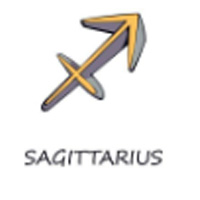
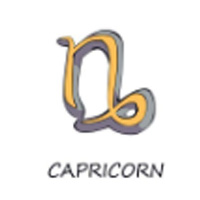
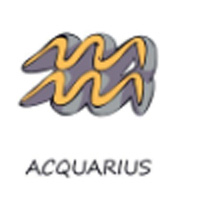

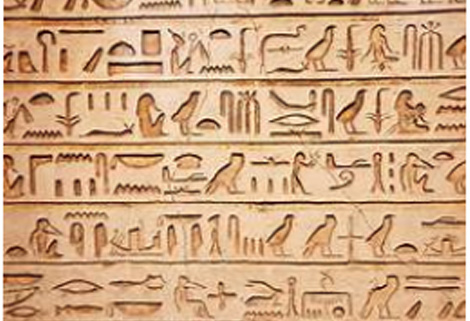
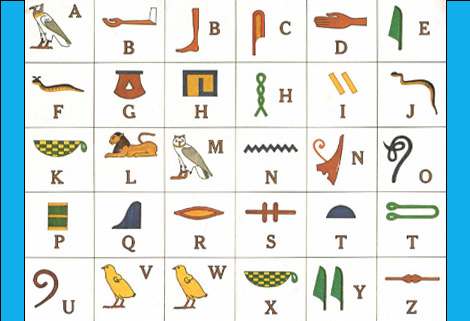
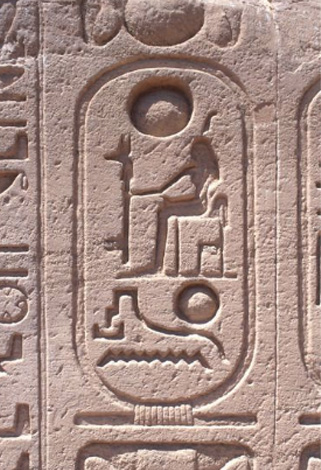 For years explorers dug relentlessly to uncover various tombs across Egypt, only to be stumped when they came across the imagery that was laid out before them. Many believed that the drawings were some sort of curse and that they would suffer if they entered the space illegally.
For years explorers dug relentlessly to uncover various tombs across Egypt, only to be stumped when they came across the imagery that was laid out before them. Many believed that the drawings were some sort of curse and that they would suffer if they entered the space illegally.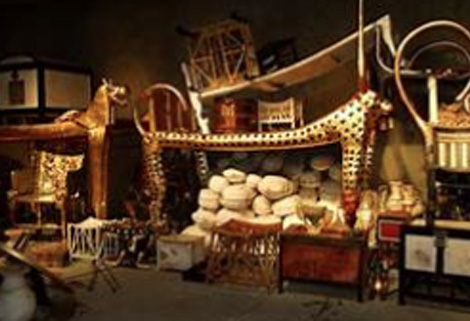
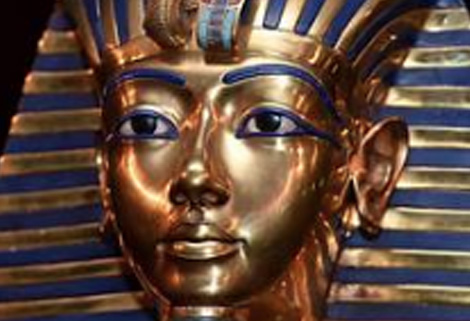
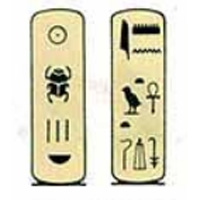
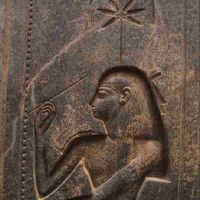
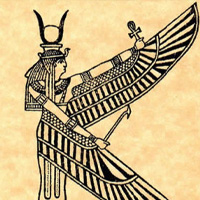
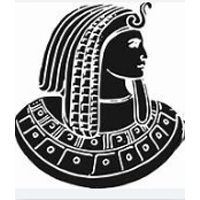
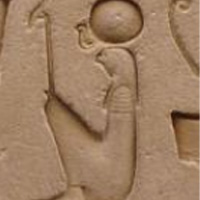
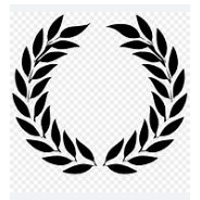
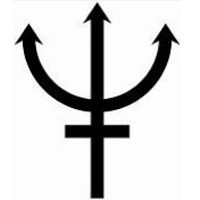
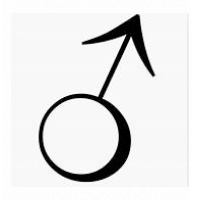
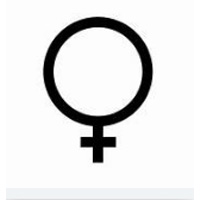
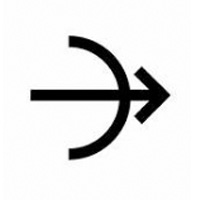
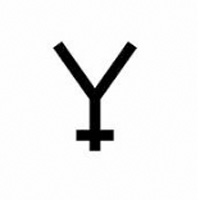
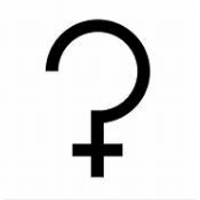
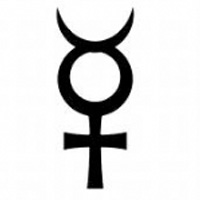
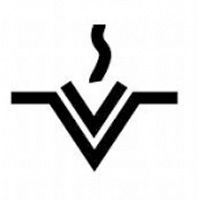
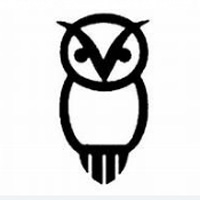
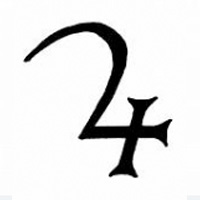
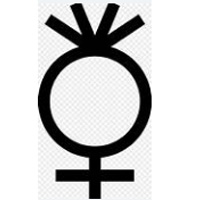
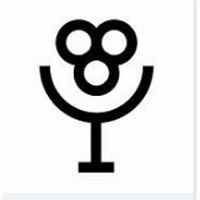
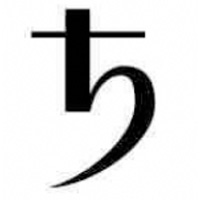
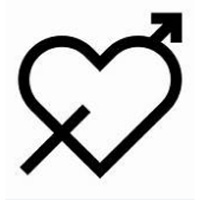
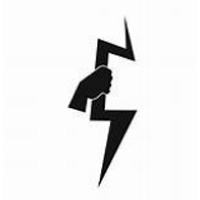
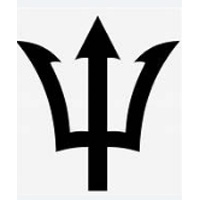
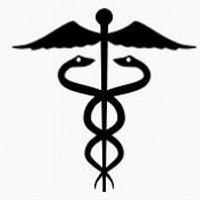
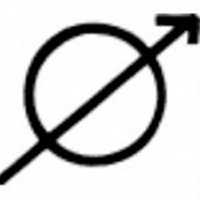

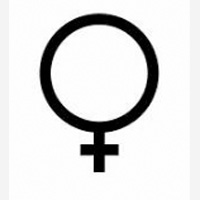
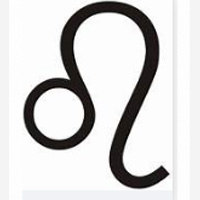
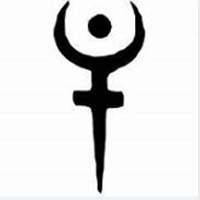
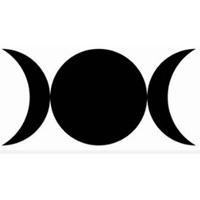
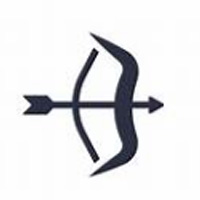
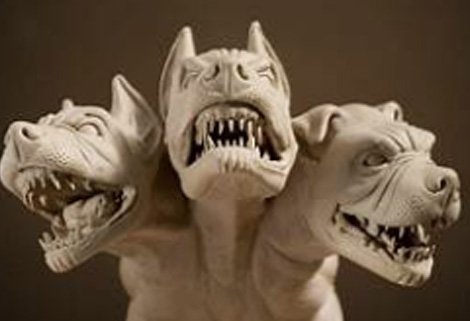 Hades' symbol is seen on many ancient military armies across the world, and apart from being known for the underworld connection, he is also known as the King of the Dead and wealth.
Hades' symbol is seen on many ancient military armies across the world, and apart from being known for the underworld connection, he is also known as the King of the Dead and wealth.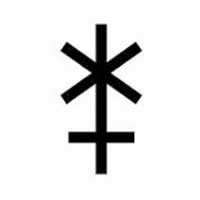
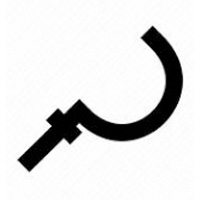
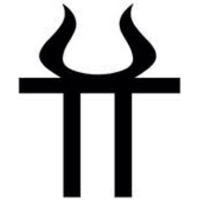
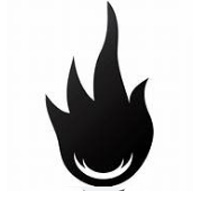
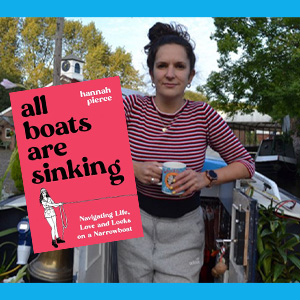 Newly single and plunged into life on the water, we follow Hannah as she quickly learns to live with Argie Bargie, her 45-foot narrowboat. In this compelling account of her slightly chaotic but certainly never dull life aboard, we follow Hannah as she tries to hold down a hectic career and social life while learning to navigate the strange new world on the waterways of London.
Newly single and plunged into life on the water, we follow Hannah as she quickly learns to live with Argie Bargie, her 45-foot narrowboat. In this compelling account of her slightly chaotic but certainly never dull life aboard, we follow Hannah as she tries to hold down a hectic career and social life while learning to navigate the strange new world on the waterways of London.